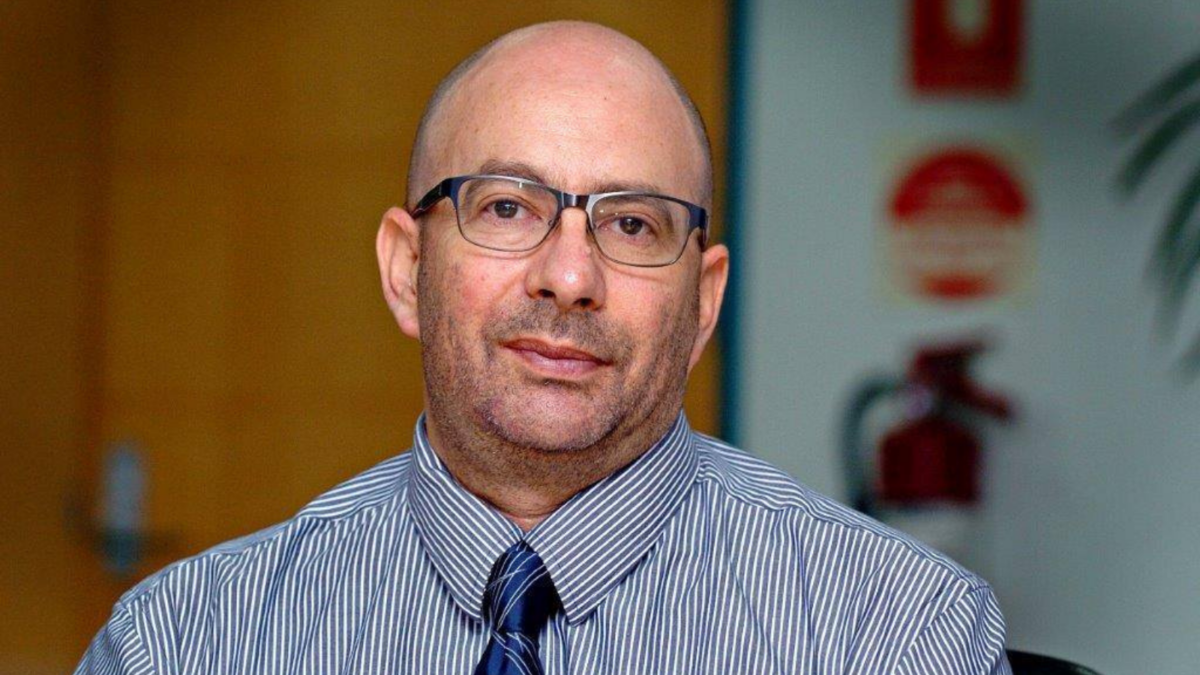Why one size super can’t fit all
Profit-to-member super funds are all about simplicity: for example, creating a single default investment option that’s supposed to work for the vast majority of members. That simplicity almost constitutes an article of faith, with many super funds still eschewing more complex products even as life expectancy changes and younger members get more comfortable with risk.
But lifecycle investment strategies – which adjust asset allocation based on the age of members – have now entered the industry mainstream, and for good reason: members get the right level of risk for their age and wind up with more money at retirement, while the fund winds up with more FUM and reduces its reliance on external asset consultants and key persons like the CIO.
“It still astounds me that large super funds have a single balanced fund that they think works for everybody,” Bellmont Securities CIO Michael Block told the IBR Asset Allocation Forum on Monday. “I’m 62 years old with a large balance; my daughter is 33 years old and a teacher with a very small balance, and with something like a 30-40-50 year investment horizon. So why on earth would you give us the same investment strategy?”
The ”polite” reasons are that funds find it easier and less expensive to have all members in a single default strategy, might lack the granular member data required to effectively implement lifecycle, or might want to show higher returns over certain periods. But “any way you cut it”, putting members into lifecycle gets them a better outcome, Block says.
“I’m not for one minute saying that a lifecycle strategy is better than going to see a planner and getting a personalised portfolio. I’m not saying it’s better than speaking to your super fund and getting intrafund advice. But what I am saying is that for the 95 per cent of superannuants that don’t do either of those things – who are otherwise disengaged – a simple way of dealing with them is a default, age-appropriate, age-based default.”
That doesn’t mean they’re perfect from the get-go. Having too few life stages can result in members’ asset allocation going through significant step changes that give rise to massive sequencing risk.
“If you’re in a 70 per cent equities strategy when you’re young, the market goes down, you turn older and they put you into a 50 per cent equities strategy – you ride 70 per cent of the losses but only get 50 per cent of the upside. One way to avoid it is to have instead of three or four building blocks, have many more.”
Australian Catholic Super’s Lifetime One product – which Block designed as the fund’s CIO – had 31 stages; from 40 years to 70 years there were small changes that reduced sequencing risk, which was easy to understand for members but “incredibly difficult” to administer because it required 31 different factsheets.
But even for the fact that they’re meant to make sure everybody is getting an age appropriate asset allocation, many lifecycle options are still de-risking most members too early.
“People are going to live, on average, a long time; definitely into their 80s, most likely into their 90s. Depending on their personal circumstances it makes sense to still have a very large percentage in equities into their 60s and 70s. With no exceptions, every major dislocation in Australia has lasted less than three years. Which means that if you had hung on – Covid’s V-shaped reaction was all over in less than six months. Yes, there was an awful shock when they saw the price fall, but three months later it was fixed up.”
But that’s also led to some “very aggressive” product design; most of them are designed to withstand only two to three years of downturn, and people forget how bad things can get.
“I’ll sound like a wet blanket, but you mustn’t forget that in 1929 the market lost 89 per cent, and it took 27 years to get back to where it came from. That’s a whole lot different to what happened in ’87, ’99, ’07, ’20 etc. There’s this very big recency effect at the moment where strategies are basically ‘buy the dip’; that’s a great strategy but I’m not sure it will always work, and if we ever suffer a big downturn it might look pretty bad.”











